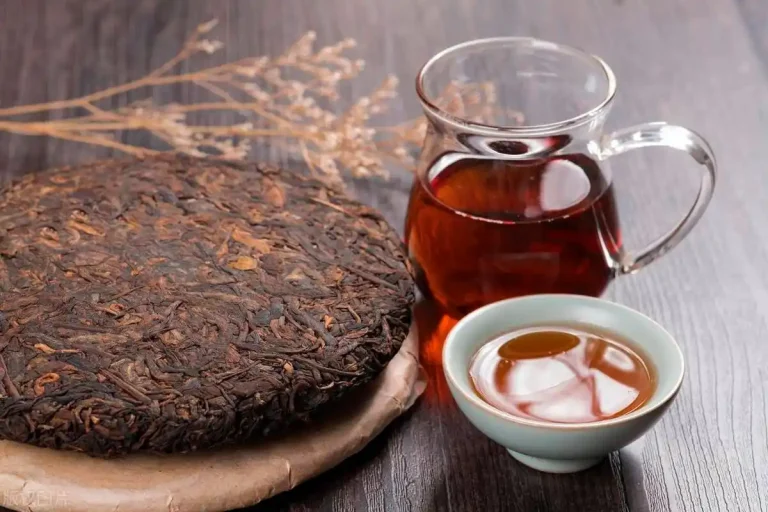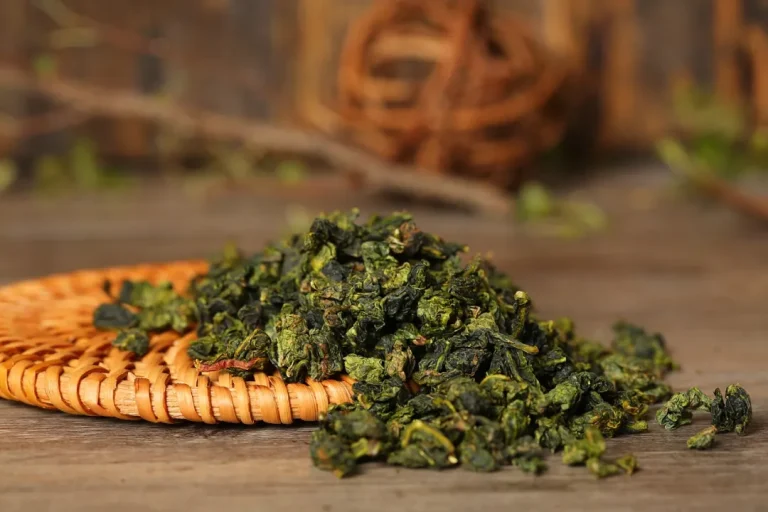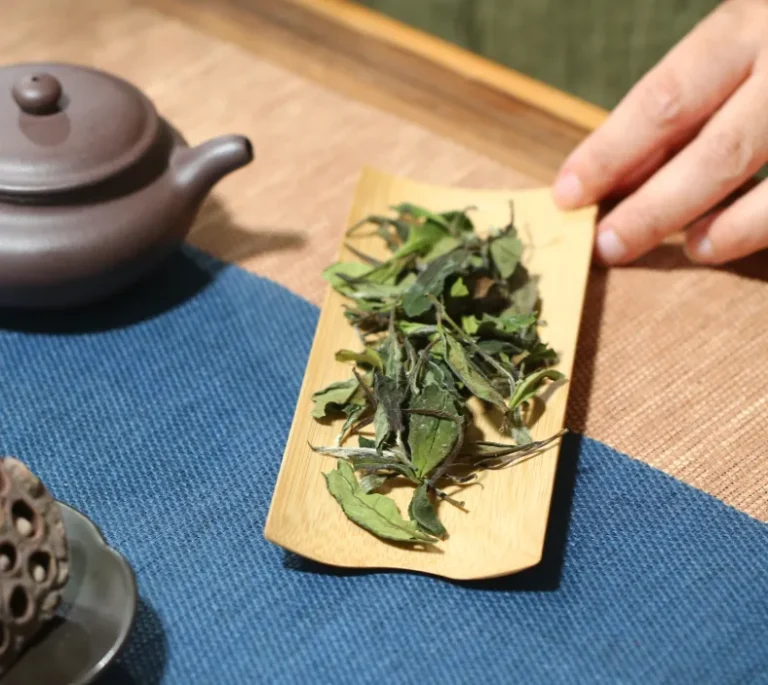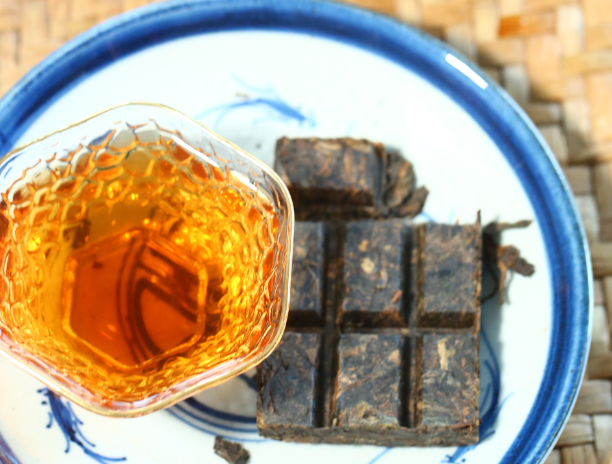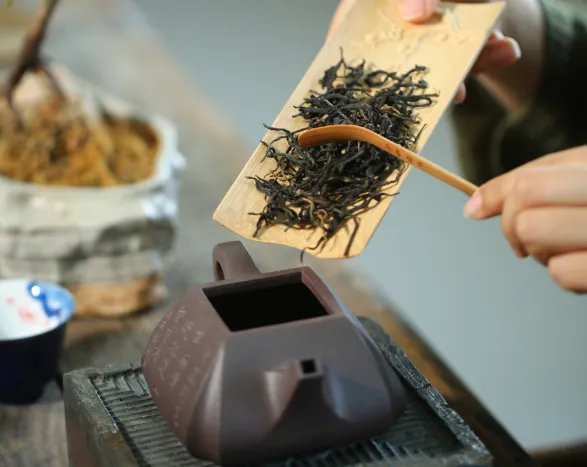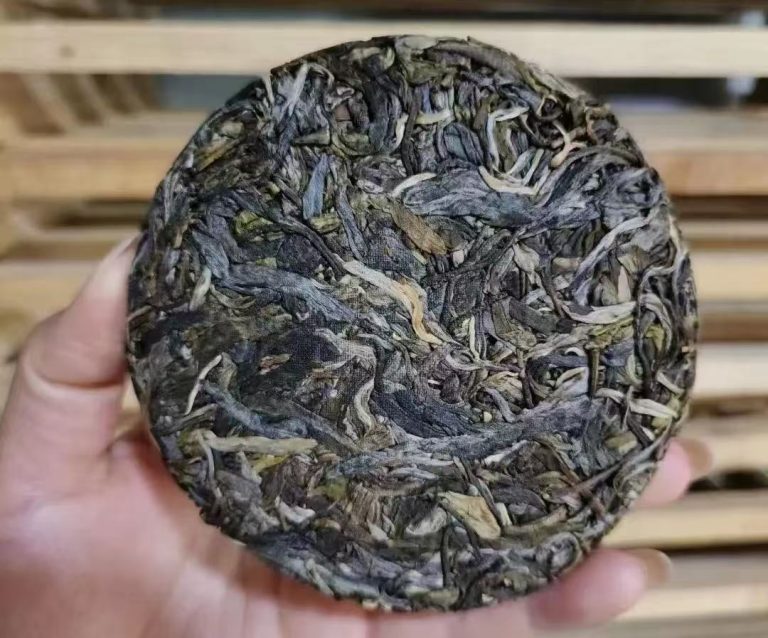Most people who like to drink white tea love its taste as well as its rich aroma. So some tea drinkers ask why white tea has so many peculiar aromas and how it is formed.
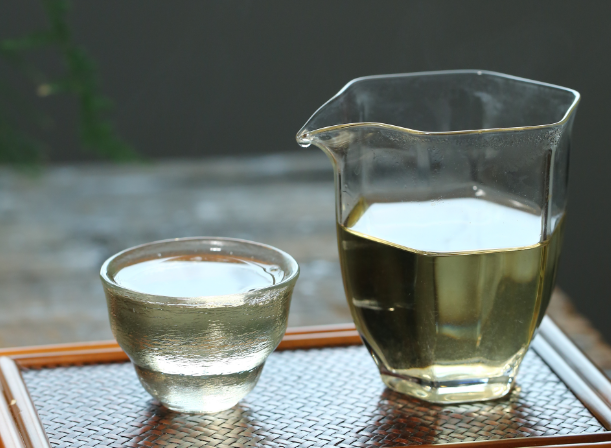
Let’s explore where the aroma of white tea comes from today. Generally speaking, the aroma of white tea originates from the substance of white tea itself, which mainly includes the fragrance of tree species, origin, process, and transformation.
Tree species aroma
Tree species aroma, that is, the varieties of aroma. Different varieties of white tea trees have their own unique aroma. The aroma and taste will have different styles, and the species fragrance is also divided into the basic species, age, and the different management of the tea tree.
Generally speaking, the older the tree is, the purer the aroma is, which is why old tree white tea is more sought after. Hairy, tender and fresh aroma are the aroma presented by different tree ages and tree species. This specific varieties of tea tree leaves are the only way to produce white tea with a rich fragrance and the characteristics of the fragrance and honey.
Origin Aroma
“If an orange is born in Huainan, it is an orange; if an orange is born in Huaibei, it is a hedgehog”. The origin is also a big factor in the influence on the aroma of tea. The influence of origin on tea aroma should be divided into mountain soil, air, precipitation, altitude, fog and other aspects. Comparatively speaking, the sea fog lingering tea mountain, tea aroma is more rigid, mountain fog mostly tea mountain, tea aroma is softer. In addition, the aroma of tea will be different from that of a tea hill with only tea trees and a tea hill with rich vegetation.
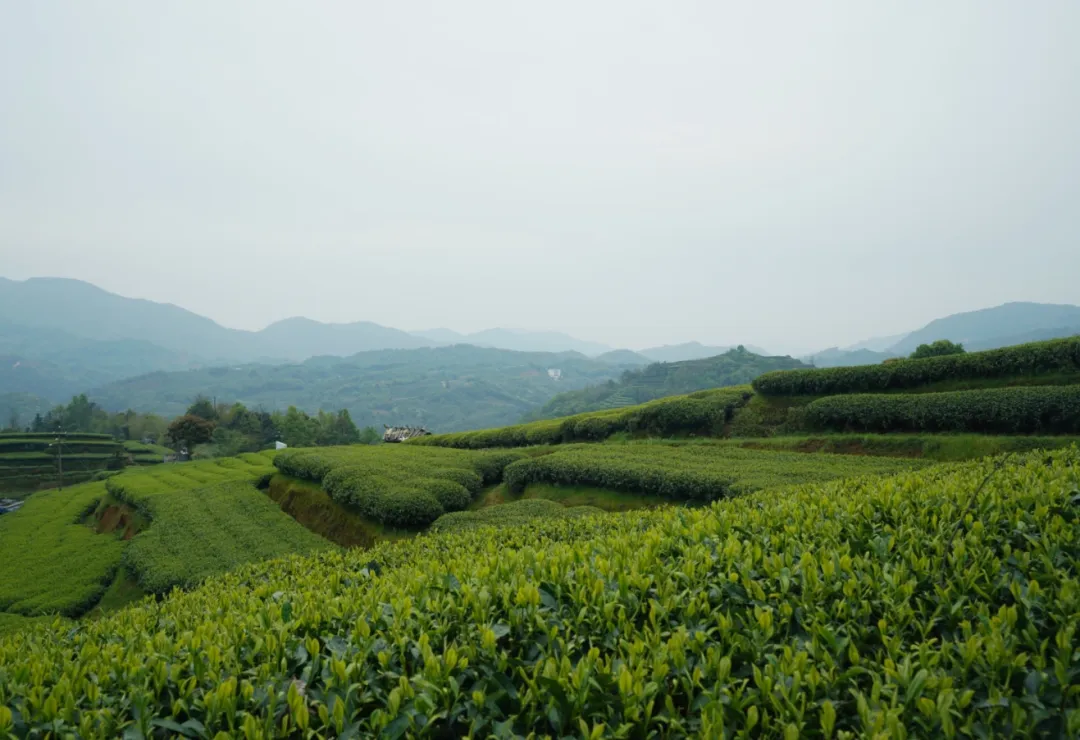
Craft Fragrance
Different processing techniques give tea a myriad of flavors. The production process of white tea is the simplest of all teas. It is made by withering and drying without frying or kneading, and the seemingly simple operation is actually not simple.
During the withering process, the fresh leaves are hydrolyzed and enzymatically reacted to produce a lot of aroma, floral and fruity aroma is formed during this process. Just the right withering time and appropriate withering process can fully retain the aroma of the tea material, daylight withering of white tea sunshine flavor is obvious, sweet tea; compound withering processed out of the tea, fresh taste, aroma and quiet.
Transformation of fragrance
After the storage of white tea, the aroma is also rich in change, and gradually give birth to the new white tea and white tea is different from the old mellow fragrance. The change of white tea aroma is affected by the time factor, with the quality of “the more it ages, the more it smells”, in the long time precipitation, its inner quality will be transformed continuously, from the grass and wood aroma to the old aroma, medicinal aroma, jujube aroma, one year, two years, three years, every year can give you a new surprise.
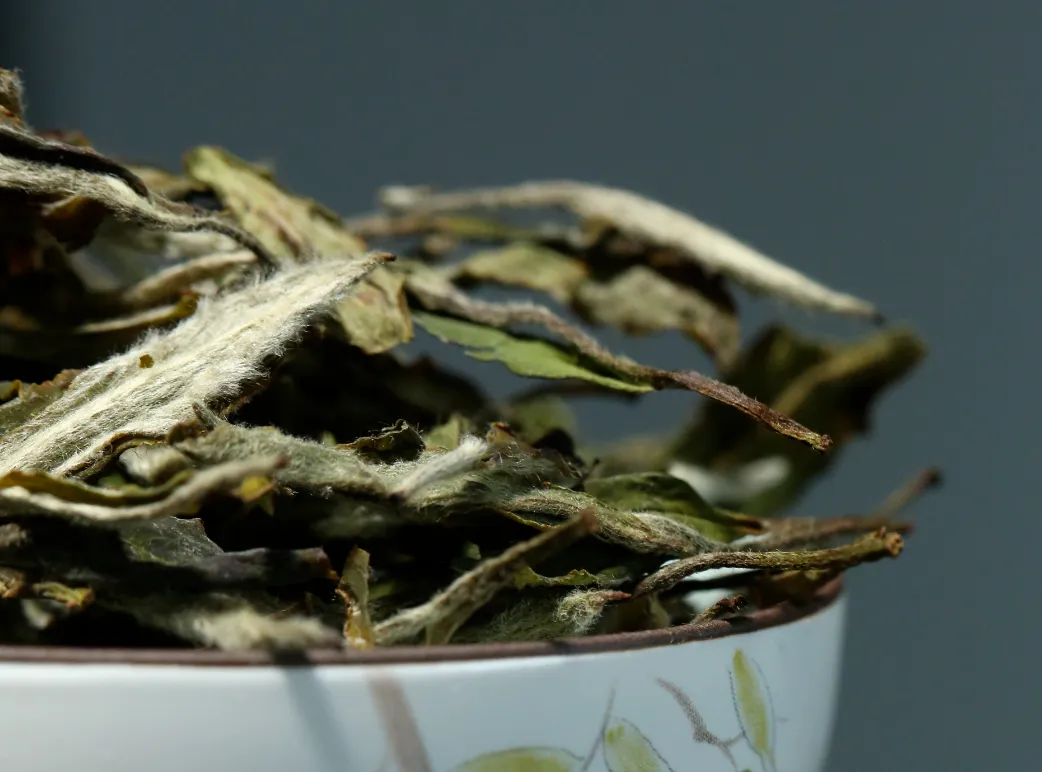
The well-stored aged white tea has less freshness of new tea, and the aroma is more rich and mellow. When stored for more than 3 years, the fragrance of lotus leaves will be revealed and refreshing; when stored for 5-7 years, the fragrance of jujube will be overwhelming; when stored for as long as 15 years, it will be more with medicinal fragrance.
The different storage methods, storage areas, and the difference in dry and humidity conditions of storage have a great impact on the transformation effect, and also have a great impact on the aroma of white tea.
